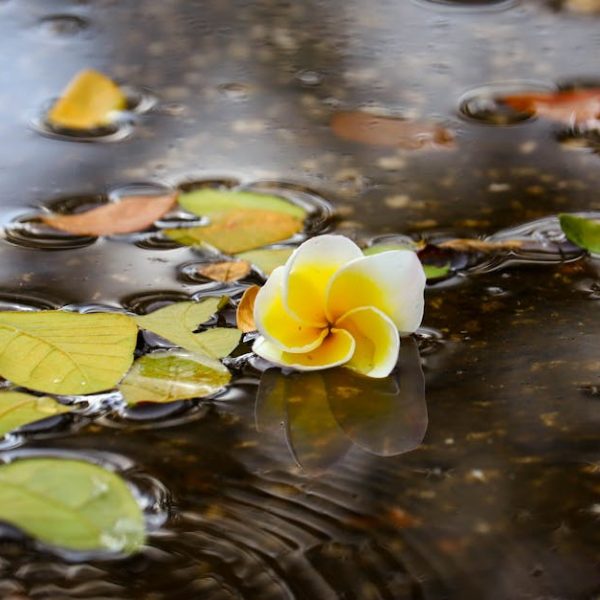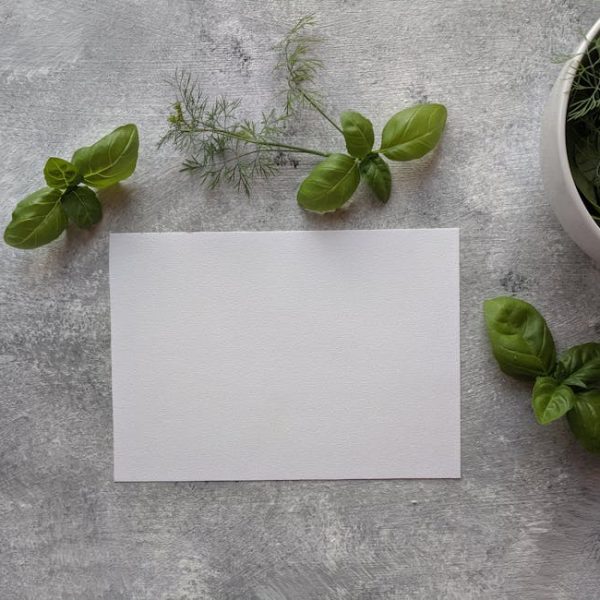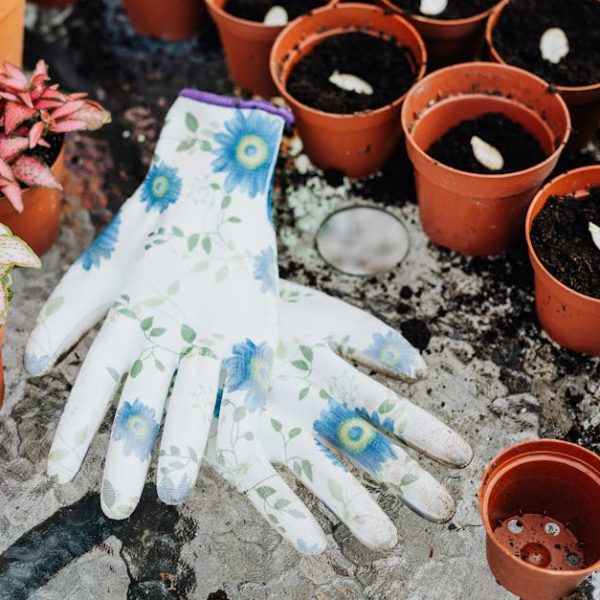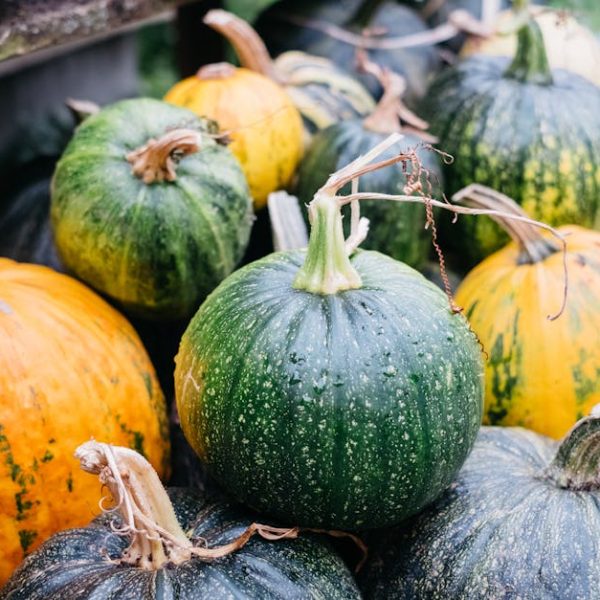Your cup of morning Joe gets you started for the day, but its usefulness doesn’t have to end there. Instead of throwing away your coffee grounds, you can put them to use as a fertilizer in your garden. Brimming with rich nutrients like nitrogen, coffee grounds can provide a substantial boost to the growth of your plants.
Understanding the Value of Coffee Grounds as a Fertilizer
Coffee grounds possess notable nutritional content, predominantly nitrogen, that is essential for plant growth and development. When incorporated into soil, these nutrients are slowly released, benefiting plants extensively over time. Different plants can effectively utilize nutrients from coffee grounds. Rosebushes, azaleas, and hydrangeas are just a few examples of plants that positively respond to coffee ground fertilizers.
Gardeners around the globe have embraced the use of coffee grounds, valuing this organic waste, not only for its nutrient content but also for the economic and environmental benefits. A steaming cup of coffee can start your day and save you money on gardening expenses by reducing the need for commercial fertilizers. Moreover, by incorporating coffee grounds in your garden, you engage in resourceful recycling, minimizing waste and contributing to environmental sustainability.
Best Practices for saving and drying coffee grounds include:
- Collect your used coffee grounds in a container.
- Spread them out flat to dry, avoiding mold accumulation.
- Once dried, store them ready for garden use.
Preparing and Using Coffee Grounds as Fertilizer
Preparing coffee grounds for garden use involves some thoughtful steps, all directed towards benefiting your plants optimally. To start with, collect the coffee grounds, preferably soon after use, as dry grounds can be moldy.
Moreover, while coffee grounds are an excellent addition to your garden, there are certain precautions required. For instance, applying coffee grounds directly to the soil without composting can disrupt soil structure due to its fine texture, leading to compaction and water drainage troubles.
Pro Tips to avoid common mistakes include:
- Do not spread fresh coffee grounds directly over the soil.
- Coffee grounds are acidic, so start by testing your soil pH to make sure it won’t become too acidic.
Combining Coffee Grounds with Other Composting Materials
Even though coffee grounds alone make fairly good compost, their efficacy significantly increases when mixed with other composting materials. Pairing coffee grounds with green compostable materials like vegetable scraps, leaves, and eggshells can lead to nutrient-rich compost that can notably improve your garden soil’s health and productivity.
One pro tip to remember is to maintain balanced compost heap composition – a roughly equal combination of coffee grounds and green compostable materials. An excess of coffee grounds can make your compost too acidic, which can deter certain beneficial soil microorganisms.
Scientific Insights into Coffee Ground Fertilizer Benefits
Science supports the use of coffee grounds in gardening. By providing a slow-release source of nitrogen, coffee grounds can help your plants grow strong and healthy. Nitrogen is a crucial nutrient for plants as it contributes to the formation of proteins and chlorophyll, both of which assist in photosynthesis.
Here is a comparison of using coffee grounds as a fertilizer versus conventional fertilizers:
| Coffee Grounds | Conventional Fertilizers | |
|---|---|---|
| Nutrient Release | Slow-release nutrient provider | Instant nutrient provider |
| Cost | Free or low-cost | Can be expensive |
| Environmental Impact | Recycling organic waste, reducing landfill load | May contain harmful chemicals, contributes to pollution |
Coffee grounds can also influence the soil pH, making the soil more acidic, which can benefit plants such as azaleas and rhododendrons that thrive in acidic conditions.
Addressing Common Concerns about Using Coffee Grounds as Fertilizer
Contrary to common belief, used coffee grounds are not overly acidic. While fresh coffee grounds can be acidic, once they have been used, the acidity level drops significantly, and they can be safely used in the garden. The remaining caffeine in coffee grounds is also minimal and unlikely to affect plant growth.
However, excess caffeine can be washed out from the coffee grounds before application if you still are concerned. Rinse them under cold water to remove any residual coffee and drain them well.
A common worry amongst gardeners is that coffee grounds may attract pests. While it’s true that coffee grounds can sometimes draw pests like slugs and some types of fungi, these issues can be minimized by mixing coffee grounds with other composting materials and not applying them directly to the surface.
Here is a simple checklist to prevent pests when using coffee grounds:
- Don’t spread coffee grounds directly onto the surface.
- Always mix coffee grounds with other composting materials.
- The compost heap should not comprise of more than 20% coffee grounds.
Using coffee grounds as a fertilizer is not just beneficial for your garden, but it’s also a practical way to minimize waste. With a little bit of effort and knowledge, your morning coffee routine can contribute positively to your garden’s vibrancy.
Key Takeaway:
- Coffee grounds, rich in nutrients like nitrogen, can provide significant benefits to your garden plants and improve their growth.
- Certain plants such as rosebushes, azaleas, and hydrangeas respond especially well to coffee ground fertilizers.
- Used coffee grounds serve as an economical and environmentally-friendly alternative to commercial fertilizers, contributing towards sustainable gardening.
- Combining coffee grounds with other compost materials like vegetable scraps and eggshells can result in nutrient-rich compost for planting use.
- While there are several misconceptions surrounding the use of coffee grounds as a fertilizer, with the correct preparation and application, concerns like caffeine content affecting plant growth or attracting pests can be mitigated.
Continue to experiment with how you can utilize coffee grounds in your garden, keeping in mind the tips and advice shared in this guide. There’s a lot of potential in those leftover coffee grounds – they could be the key to a more vibrant and thriving garden.
FAQs
Q: Can I use coffee grounds as a fertilizer on all types of plants?
A: While most plants will benefit from the nutrients in coffee grounds, some like rosebushes, azaleas, and hydrangeas respond especially well. However, plants that prefer alkaline soil may not thrive with coffee ground fertilizer.
Q: Can I directly scatter coffee grounds over my garden?
A: It’s not recommended to scatter fresh coffee grounds directly over the soil. They should be composted or mixed with other composting materials for the best benefits and to prevent soil compaction.
Q: How much coffee grounds should I use in my compost heap?
A: It’s advised to maintain a roughly equal combination of coffee grounds and green compostable materials. Your compost heap should not comprise of more than 20% coffee grounds to avoid over-acidification.
Q: Does the caffeine content in coffee grounds harm my plants?
A: The caffeine content in used coffee grounds is minimal and is unlikely to harm your plants. However, if you’re concerned, excess caffeine can be washed out from the coffee grounds before application.
Q: Can coffee grounds attract pests to my garden?
A: While coffee grounds can sometimes attract pests like slugs, this can be minimized by mixing them with other composting materials and not applying them directly to the surface.
Feel free to share this article with other gardening enthusiasts, and don’t hesitate to explore more posts and tips on our website!






